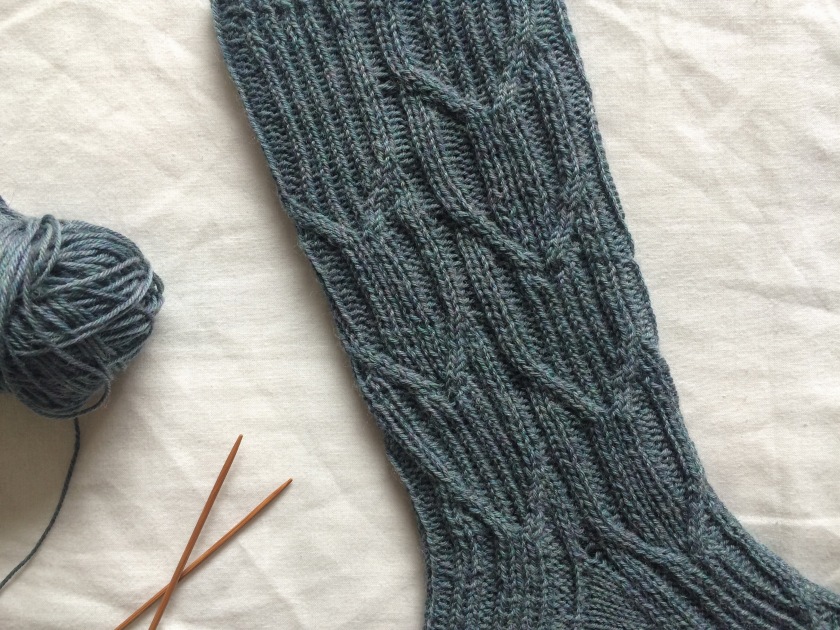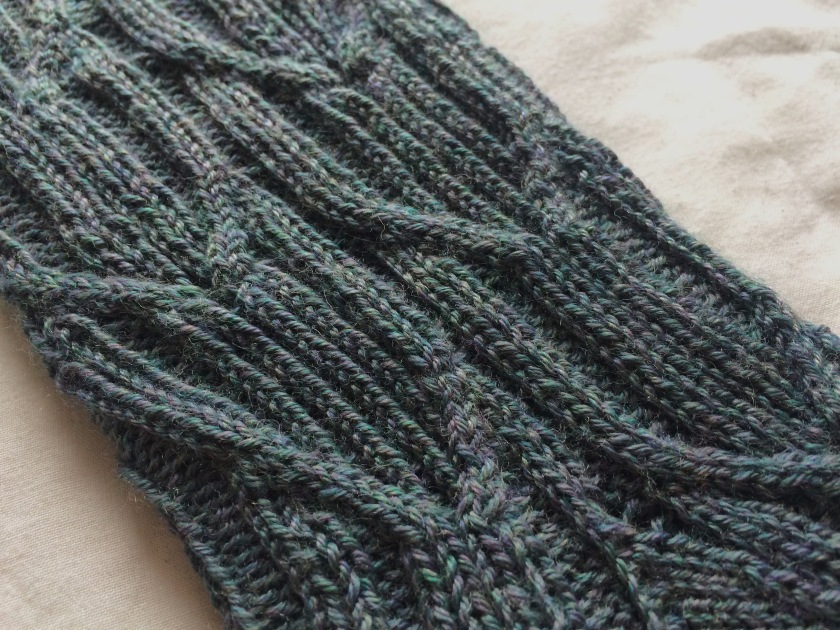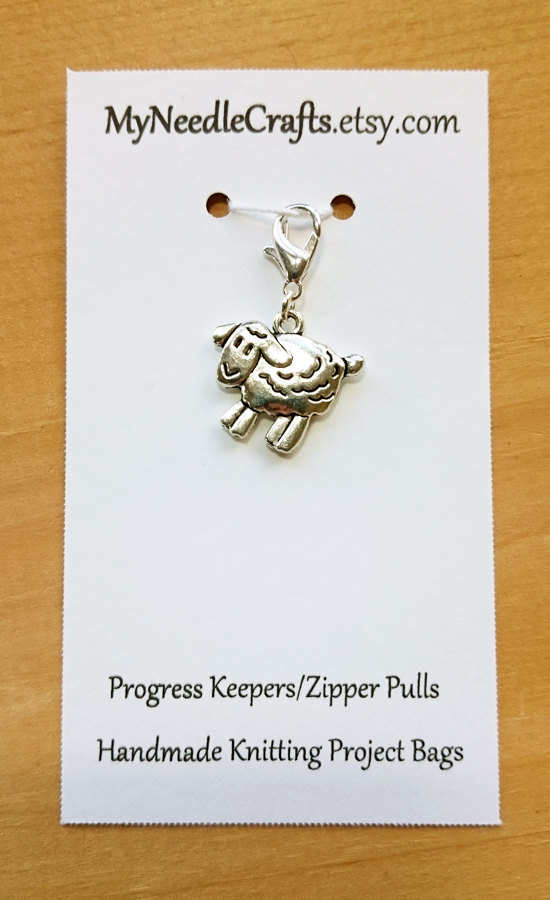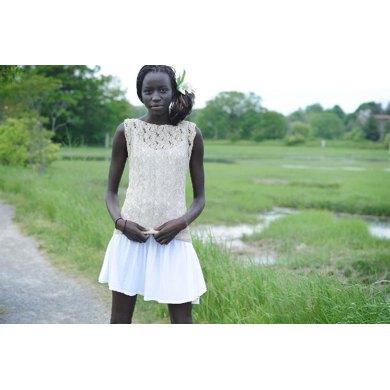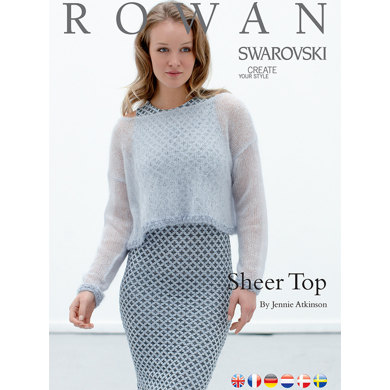
It has been a while since I knit a jumper, or even anything on a similar scale. Last year I think I knit almost exclusively socks! I had definitely caught the bug. So when I started the Ondawa jumper (designed by Michelle Wang for Brooklyn Tweed) I was not really in the right frame of mind to just go marching right in, which is exactly what I did. A tip from mum: read through the pattern first.

The pattern, if you don’t know it, is fairly complicated. There’s a lot of different cables and twisted stitches going on, sometimes at the same time. So you have to pay attention, at least until you’ve got the hang of it! I didn’t help myself here by watching old episodes of Gilmore Girls.
The hem went fine, it was just when I got to the main pattern that I started making mistakes. So you know all that sock knitting I did, it was all in the round. So was the hat I made earlier this year. Ondawa is knitted straight. I totally forgot that everything has to be reversed when knitting the wrong side, even the order of the charts (I know, seems obvious, right?). There I was, happily knitting away and completely confused about why I couldn’t see the pattern coming through…time to frog.
Now that common sense has returned to me, it seems to be going well. I have the odd cable going the wrong way, probably when Lorelai did something particularly entertaining – which is most of the time.

To continue without frustration I just need to make sure I make a note of what row I last finished on, a task I have helpfully neglected several times already, and which I have just remembered I’ve done again… That and watch my measurements, as my row gauge is a tad off. Now that I’ve gone through the chart a couple of times it feels a lot more natural, and I can spot mistakes easier! Just another four inches until the next stage, and I’ll update you on the progress later.



